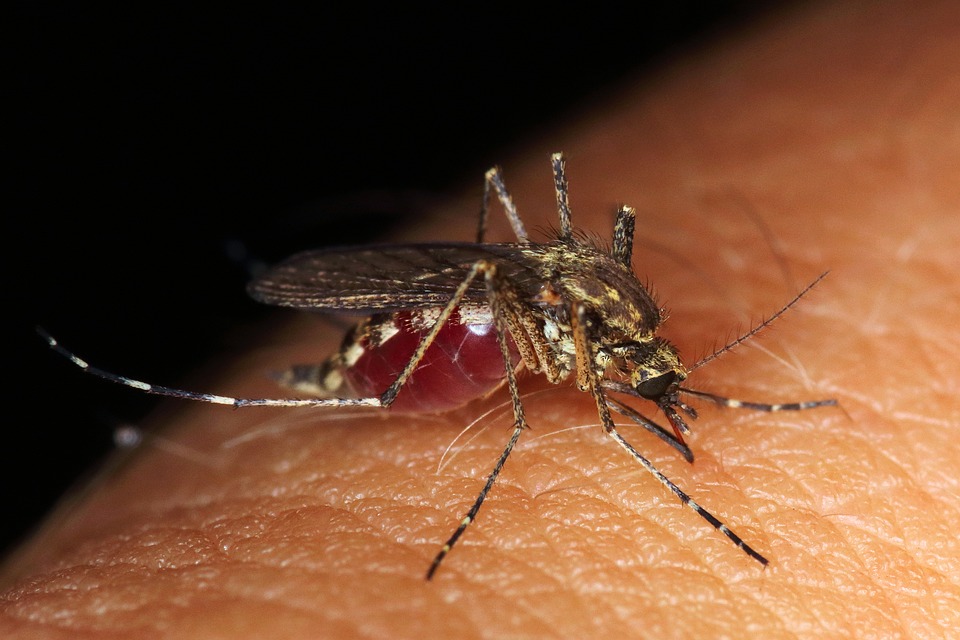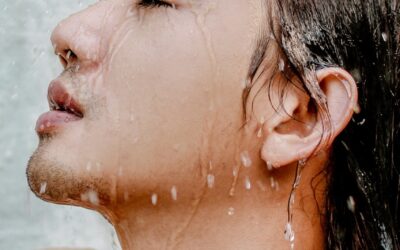Have you gotten bitten by a mosquito, ant, or bee? Don’t worry, here are some useful remedies and prevention tips to help you manage and avoid these bites and stings, along with common symptoms to look out for:

Symptoms:
- Mosquito Bites cause Red, itchy bumps that appear a few minutes after the bite. They can become swollen and irritated. Ant Bites Painful, itchy red bumps that may develop into blisters. Some ant bites, like those from fire ants, can cause a burning sensation. Bee Stings Sharp pain at the site of the sting, followed by swelling, redness, and itching. A small white spot may appear where the stinger punctured the skin. In severe cases, an allergic reaction can cause difficulty breathing, swelling of the face or throat, and dizziness. Tick Bites Often painless initially but may lead to redness and itching.Risk of diseases like Lyme disease or Rocky Mountain spotted fever.Flea Bites: Small red bumps that itch intensely.Often found around ankles and legs. These are some symptoms of comman bug bites.
Remedies:
- Mosquito Bites Apply a cold compress to reduce swelling and itching. Over-the-counter anti-itch creams, like hydrocortisone, can provide relief. You can also try natural remedies like aloe vera gel or a paste made from baking soda and water. Ant Bites Wash the affected area with soap and water to prevent infection. Applying ice can help reduce swelling and pain. For itching, use an over-the-counter antihistamine cream or a paste made from baking soda and water. Bee Stings Remove the stinger as quickly as possible using a flat object like a credit card. Wash the area with soap and water. Apply ice to reduce swelling and pain. Over-the-counter pain relievers and antihistamines can also help manage symptoms. Tick Bites Use fine-tipped tweezers to grasp the tick as close to the skin’s surface as possible. Pull upward with steady, even pressure. Cleanse the bite area with rubbing alcohol or soap and water. Monitor for signs of infection or illness and consult a healthcare provider if necessary. Flea Bites Wash the bites with soap and water to reduce the risk of infection. Apply anti-itch creams or calamine lotion to soothe itching.Wash bedding and vacuum carpets thoroughly to eliminate fleas and their eggs.
Preventions:
- Mosquitoes: Use insect repellents containing DEET, picaridin, or oil of lemon eucalyptus. Wear long sleeves and pants, especially during dawn and dusk when mosquitoes are most active. Use mosquito nets or screens to keep them out of living spaces. Ants Avoid leaving food out, as it attracts ants. Keep your home clean and seal any cracks or openings where ants can enter. If you’re outdoors, be cautious around ant mounds. Bees Avoid wearing bright colours and strong fragrances that can attract bees. Stay calm and move away slowly if a bee is nearby. If you’re picnicking, keep food covered and clean up promptly to avoid attracting bees. Ticks Wear long sleeves, pants, and socks when hiking or in wooded areas. Use insect repellents containing DEET or permethrin on clothing and exposed skin. Check yourself, children, and pets for ticks after spending time outdoors. Shower within two hours of being outdoors to wash away unattached ticks .Fleas Treat pets regularly with flea control products recommended by your veterinarian. Wash pet bedding, rugs, and furniture regularly to reduce flea populations. Vacuum carpets and floors frequently, paying special attention to areas where pets rest.
Life Threatening symptoms
1. Anaphylactic Reactions to Insect Stings
2.Systemic Infections from Bug Bites
3.Neurological Complications Caused by Insect Venom
4.Immediate First Aid and Medical Response
5.Preventive Measures and Awareness







This is really interesting, thanks I did not know many of those things!